———Magical Crete: The Garden of Antiquity
Magical Crete: The Garden of Antiquityby Aline Dobbie on April 10, 2017
Organized by “Tourist Guides of Crete”, Travel Agency
Crete had ‘called’ to me yet again after my recent autumnal visit and when we arrived to spring sunshine and warmth, the blossom on trees and the calls of birdsong and the buzz of the bees it was a superb feeling.
Looking out on to the great Venetian Fortress of Heraklion from my balcony at the Lato Boutique Hotel, I was enchanted with the panorama. Heraklion is Greece’s third largest city and repays attention preferably early in the season when not inundated with tourists. A very excellent Greek breakfast followed with a saunter down to the yacht marina.
The mighty stone Arsenal where in times past wooden boats were constructed but the ancient building is now well preserved and shows just how important the sea, ships, boats, and maritime life is to Greece’s largest island, the fifth largest in the Mediterranean.
It is so easy to use clichés such as ‘cradle of western civilization’ but there is no other way to accurately describe the antiquity of this island; layer upon layer of civilization has been laid down here and even at this very moment new archaeological discoveries are exposed for us all to wonder at and enjoy with careful conservation.
The ancient history of Crete is that it is recognized as home to the first true Greek civilization in the second millennium before the birth of Christ. To break this into three periods there was the Classical Greek society of the Minoans and the Mycenaeans.
Then followed what was used to be called ‘a Dark Age’ but which now might be repaying closer archaeological investigation and discovery; but Greece re-emerged into the sunlight as the most important cultural, military and political force amongst the Mediterranean countries at that time.
This third period is known as the Hellenistic Age, a period when new empires within the area we know as Greece today were frequently in conflict with each other and then their eventual conquest by the Roman Empire. It was quite simply an age of imperialism and colonisation. However, Greece continued to dominate with her wealth of culture, art and philosophy and very often the Romans espoused their thinking even when the Roman Empire was at its peak.
We went to visit Knossos which is very close to Heraklion. I had long wanted to visit this amazing site and so on a brilliant sunny day with blue skies, parading peacocks and not too many other tourists we had a lovely visit. Go early as inevitably on a good day it becomes hot.
Knossos is the well-preserved site of a Minoan palace and villas. The Greek myths known to most folk have helped it become steeped in mystery and enchantment. The myth or legend is that it was the seat of King Minos beneath whose palace the bull-headed Minotaur hunted its victims in the labyrinth built by Daedalus.
The reality was that it has been proved to be the hub of a Bronze Age empire that ruled over the Aegean more than 4,000 years ago. Various Greek and Cretan archaeologists tried to excavate but during the Ottoman occupation that was fraught. Finally, at the start of the 20th century Sir Arthur Evans was successful in his excavations on the site which he had managed to actually buy.
He then turned it over to the state as it should be – sadly some of his most entrenched ideas have since proved to be wrong but it was Evans who achieved what others dreamed of doing. It should be realised that many of the exhibits at Knossos are copies – the originals are quite rightly preserved in the wonderful Heraklion Archaeological Museum which is a must to visit. We had been there in late October and only touched a tiny fraction of what is there beautifully displayed.
We then drove to what is ancient Eleutherna and had a cursory sight of the valley and then went for some much- needed lunch at the local Taverna Eleuthir in modern Eleutherna.
Valley of Eleutherna
We had a lovely lunch all of Mama’s home cooking with the very best of Cretan cuisine. What can I say? Fresh produce, lovingly cooked and served instantly made for a total delight. Let me see, artichoke, capers, Cretan cheese, Dakos which is very traditional, Fava beans and meat rissoles and potatoes. Now here I must pause and say that the Cretans and the Scots and the Irish have something in common…a love of potatoes.
Everywhere you go one sees bags of potatoes and they play an important part in the Cretan diet, but the potato omelet made at this Taverna was excellent. I shall make it with this season’s new potatoes here at home.
The meal is completed with the ubiquitous Raki and Loukoumas the lovely Cretan doughnut…not like other doughnuts but light and fried pastry in a honey syrup…. totally yummy of which I never tired! Cretan honey is just wonderful and I never stop paying homage to the Bees who are so important to the Cretan cultures of old. They were wise people and knew that bees and their pollination and production of honey were vital to human well-being.
The peace of the valley, the blue sky, the hills beyond, the birdsong, the odd butterfly, pleasant companionship in harmony with all the nature around made me reflect that we were to be shown something that goes back to 800 BC – that is around 2,800 years ago. Those people in that civilization also were in harmony with their surroundings and one is yet again made to feel reassuringly small and unimportant – a tiny dot in the millennia of civilization. Empires come and go but that valley has survived and brought us beauty to this day.
Eleutherna was one of the most important cities of ancient Crete. On current evidence the site was first inhabited at the beginning of the 3rd millennium BC. The city of Eleutherna covered an area of 3,000 – 4,000 square metres and the archaeological remains that have been uncovered suggest that the site enjoyed at least three major periods of development. The Homeric period 9th-7th c BC, The Hellenistic and Roman periods 4th-1st c. BC and 1st-3rd/4th c.AD and then the third period The Early Byzantine period 5th/7th c.AD.
We were shown the Necropolis which is fascinating. The Orthi Petra necropolis, the outer limits of which are still unknown, dates on current evidence between the early 9th and the 6th c.BC. Several foreign travellers, lovers of antiquity, visited the region of Eleutherna after the Venetians banned habitation there in 1367; they came from 1415 right through to 1868. In 1929 English scholar Humphrey Payne was the first to excavate at Eleutherna. He lasted a mere few days and declared it to hold no treasure.
Fast forward to 1984 when the newly founded Archaeology Department of the University of Crete sought to begin archaeological excavations it requested the Ministry of Culture for two sites – one of which is Aptera to the south of Souda Bay near Chania (where we went on to visit) and Eleutherna. On 8th September 1985 excavation began under the supervision of Professor Nikos Stampolidis here at Orthi Petra necropolis in Eleutherna. On the 19th June 2016, the President of the Greek Republic opened the site and the museum and necropolis to the world.
The Orthi Petra cemetery is unique among Early Iron Age sites in Crete, mainland Greece, the Aegean, and the Mediterranean in general but most importantly this necropolis with its finds of burials in pithoi, the great terracotta jars used in Greek civilizations, some cremations and other very interesting facts are truly illuminating as to the culture of that time.
The period to which the monuments date coincides with the creation (9 /8th c. BC) and recording (7/6th c. BC) of the Homeric poems, the verses of which on Patroclus’s famous funerary pyre (Iliad Book XXIII) are practically illustrated by the finds from the great tumulus.
Furthermore, the grave gifts from the Orthi Petra cemetery (vases, weapons, and jewellery) their varied materials (gold, silver, iron, clay, glass, faience, ivory, etc) and style, are all incontrovertible witnesses of their production methods and environment and of the contacts between Eleutherna and other cities in Crete, the Aegean islands, the Peloponnese, Attica, the Dodecanese, Asia Minor, Cyprus, the coast of Syria and Palestine, Egypt, Phoenicia and probably also Etruria during the Geometric and Archaic periods.
We then went to the new museum which is now open since 19th June 2016 and saw the wonderful artefacts that had been unearthed, some of them exquisite and minute and enchanting.
Again, I stress the Bee is so significant as has been found in some many ancient cultures globally. It is said that if the bees were to die out then mankind may only have another four years. We globally need to protect and encourage bee populations as the givers of life through pollination…and of course their product honey.
Now Eleutherna is opened to the public together with the Museum and any further archaeology that ensues. Yet again Crete will have demonstrated that she is the great cradle of western civilization.
Late afternoon found us at Rethymno on the coast. Our hotel The Artemis Palace proved to be excellent with a warm welcome and spacious room and balcony and very good service.
Rethymno is the third largest of Crete’s cities and a delight. The Old Town is charming and full of great shops, tavernas, cafes, heritage sites, market place and harbour. There are many elegant restaurants for fine dining and one can find something pleasant to suit one’s budget. This town too has seen the occupation by Venetians and Ottomans and has suffered through those occupations – but the heritage from those times is the architecture in the old town.
The beach stretches for eleven kilometres and is nice and sandy. There are boutique hotels within the old city and modern resorts offering everything from water sports to diving or leisurely sunbathing. Rethymno is a university town and this brings lots of energetic young people to it throughout the year for which the locals are grateful…. they enjoy the vibrant life because otherwise out of season it could be rather quiet.
Crete is justly famed for its wild flowers; meadow upon meadow of stunning flowers, marguerites, poppies, pulmonaria, irises, dragon arums which are truly stunning, phlomis, wild antirrhinums, cranesbills, acanthus, verbascum, petromarula which was new to us, cornflowers and of course the spring flowering of trees, plus the curious pollarding of all the mulberry trees, and the olives with their tiny white flowers, plus the orange trees.
Oh! the orange groves gave me such pleasure with their boughs heavy with bright round orange fruit but also with the sweet-smelling orange blossom. These oranges are superb and easy to eat without a plate and knife. Then there were loquats also in fruit plus of course the lemons falling off their trees. Cretans like others in The Cyclades love eating greens Vlito tossed in oil and steamed or stir fried. They believe these simple plants that grow everywhere are essential for healthy eating and I enjoyed them too.
The famous Cretan diet if followed they say will help one to live a long life. Cretans consume meat two or three times a week. Fruit and vegetables are consumed daily and then they also eat fish and legumes.
Olive oil plays a central role and Crete is a self-sufficient island so thus is not suffering the severe challenges of other areas in Greece. Olives, now also bananas, avocados, oranges, mulberries, lemons, vine fruits, potatoes, vegetables, honey, goats and sheep with the resultant dairy products makes for healthy living and has also brought prosperity in part to the people of Crete. There is also a carob industry which makes an alternative to chocolate. The fava bean is what we call the broad bean and is well used along the Mediterranean seaboard be it in Egypt or Greece.
Alongside all the flowers are the various herbs like Dictamus which is a local plant of Crete and when boiled makes a tea for medicinal purposes. The other herb I was persuaded to buy is Mountain tea. It is a flavoursome plant with over 100 different varieties growing around the Mediterranean. Boil in water and consume the liquid sweetened with honey and this is meant to help if one has a cold. Oregano – marjoram is found everywhere as is thyme and of course sage.
The various fruits are preserved in sugar syrups and make the most divine jams for want of a better term, but the fruits are whole…. kumquats, persimmon, plums, cherries, oranges…. Oh! the Greek breakfast in a good hotel with all this to heap on one’s plate alongside lovely pancakes or toast is delectable. As both a cook and a gardener Crete ticks many of our requirements for sheer simple pleasures.
When staying at Rethymno, we explored their Venetian castle/fortress built in 1573; this castle is one of the largest ever built by the Venetians and it broods over the headland looking down on the old town.
There is an Historical and Folk Art Museum, an Archaeological Museum, the elegant Rimondi Fountain built in 1626 is at the heart of the Old Town and the Beach front which is charming lined with palm trees and a good place to saunter or observe the woThe reminder of the Turkish occupation is the Nerandzes Mosque but it has morphed into a music college though it had started life originally as a Latin church. We had a fine meal at the Palazzine de Corina which also has luxurious heritage suites in which to stay. Of course, Greek coffee or Cretan coffee is drunk in all the cafes but I just stuck with tea or cappuccino!
We went to a family run place on the main road at Rethymno called Zisi. It was a very good experience culinary wise but also for the general ambience. It was Friday afternoon and all the locals had come to lunch together….it was pulsating with people having a good time and eating simple good Cretan foods. We loved it. Often locals cannot afford to be in some elegant bistro or upmarket hostelry, but here it was the week-end and they were out together – good value too of course!
The next morning found us saying farewell to Rethymno which we love and ventured forth into the mountains in our hire car. The roads are good and it is only at crossroads one should be extra careful of fellow motorists! We found ourselves up in Lappa which is a mountain village which has had culture upon culture descend and leave their heritage.
A friendly café owner conversed in English and we set off to look at the various sites to behold. This ancient city (more like a mountain village) is found at the current position of Argiroupolis. The name’s origins are from the ancient writers. Ptolemaeus, Skylax and Strabon who refer to it as Lappa.
On the coins dated between 400-300 BC the name of this city is abbreviated and it had an honourable record of providing refuge for all manner of people who arrived having been driven out of their former dwelling places. We marvelled at the whole antiquity of the place and how the locals of course take it all for granted. I probably most enjoyed the wild flowers but mosaic pavements, ancient fountains, carvings and such like were still all there.
The mountains of Crete are grand and whether it is Mount Ida or The White Mountains they still had a sprinkling of snow. It was said that because of these mountains and the snows Crete was never badly off for water in the high summer months, but these days even in Crete the climate has changed and the snows do not appear to last that long. Driving down a country road towards Chania we came across a meadow of the Dragon Arum. Dracunculus vulgaris is an impressive plant with a height that often exceeds 1 metre.
Chania
Its flower is a dark red, maroon of variable brightness. The large leaves are deeply cut and marbled with white. The stem of the plant is also marbled. Dracunculus vulgaris is found in large populations along old paths, in olive groves, in rubbly areas, in gorges and river beds. It flowers from late March to May. We smelt nothing bad but we did not actually touch the blooms but photographed them in wonder as they are stunning in size and colour …. all over the meadow.
Then we motored into Chania and stayed at the very good Kydon Hotel on the main square which has car parking which is essential and so helpful. Chania is considered Crete’s prettiest town and was for a long time the capital of the island. It has colourful old Venetian buildings ringing the sheltered harbour and the Old Town is beautiful and characterful with so much that emphasizes the clashes of cultures and beliefs through the centuries.
There are good beaches on the Akrotiri peninsula to the east. The Turks ruled Crete for 250 years so naturally there remains Turkish architectural influence all over the old areas. We were taken on a long and thorough city walk in the evening and shown so much that would be difficult to detail here.
There is the Chania Archaeological Museum, the privately run Maritime Museum which we rated highly, the Cretan Folklore Museum, the Lighthouse, the Schiavo Bastion and Venetian Walls which repay close attention, the Mosque of the Janissaries built in 1645 when the Turks conquered the island, the Byzantine Collection next to the Firkas (the bastion of Chania) which covers 1000-year history of the Byzantine Empire and the 15th century Etz Hayyim Synagogue from the 15th century.
Chania’s earliest settlers were Minoans. Later in 520 BC people from Samos arrived and from 1252 until 1645 it was occupied by the Venetians who fortified the town and the harbour. The siege by the Turks lasted 55 days and from 1645 till 1898 it remained in Turkish hands.
The sobering Battle for Crete continued throughout World War II with courageous Cretan fighters fighting alongside British and Greek and Commonwealth Forces but the German garrison held out until the end of the War in May 1945. To All these Heroes we paid respect both in the Maritime Museum which charts it all brilliantly but also we went to Souda Bay.
The Souda Bay War Cemetery is beautifully maintained on the edge of the sea by The Commonwealth War Graves Commission of the UK. Both of us had fathers serving in WWII who went on to have happy fulfilled lives, so we honour those who did not.
The Maritime Museum however concentrates on the whole history of Crete and the Sea and it was a pleasure to see young school children being taught their own heritage, much as we see with our own grandchildren here in Scotland. We went to dinner and then again lunch the next day at Zepos right there on the harbour front. It is a most elegant restaurant but upmarket with an emphasis on delicious food and good service. The owner has opened Domus Renier boutique hotel which is the restoration of a Venetian house just behind Zepos and we stayed there in early October 2016, a lovely experience with windows looking onto the harbour.
Whilst staying in Chania, we visited the ancient city of Aptera which was founded on the low hill of Paliokastro in the geometric period 8th c. BC. The excavations of this city are relatively recent and it was immensely interesting. The major find here was a Greek theatre entirely constructed from local limestone. Again, we were visiting when the whole area was bedecked with spring wild flowers and that somehow increases its charm.
Walking amongst olives and flowers, trying out the acoustics of the ancient theatre was a delight and then we went off to a hillside village for lunch – typical Cretan food and a short walk in the start of a lovely Gorge. I was more enchanted with the vegetable gardens and the orange groves but know that this is good walking country for those who like walking trails and hiking. The Samaria Gorge is probably the most spectacular of all the gorge walks in western Crete.
We visited the lovely Agios Minas Cathedral of Heraklion which is truly stunning in its Greek Orthodox beauty of intricate icon like art. St Minas is the Patron Saint of Heraklion. This great church was built in the second half of the 19th century. Next door to it is St Catherine of Sinai Museum of Christian Art…. a delightful ancient church with the most wonderful icon art.
It has only newly opened and is a must see in our view. The main theme of the exhibition is the ecclesiastical art developed in Crete from the 14th to the 19th century. Among the most important exhibits are icons by two important representatives of the Cretan School of icon painting – Angelos Akotantos early 15th century and Michael Damaskinos in the 16th century…. we loved it and thought it the perfect end for our sightseeing, followed by a wonderful lunch at a typical Cretan restaurant in the city centre but nearer to the sea. It is called Ouzeri tou Terzaki. A truly fitting end to our lovely time in western Crete.
For those who seek Crete for sand and beach and warm leisurely swimming then go in the months of end of May to the middle of October when we returned later in 2016. There is also some very good diving I am assured by the diving school at a big resort at Rethymno.
I adore spring and the promise of the beauty to come; I truly consider Crete to be the Garden of Antiquity.
https://goo.gl/photos/js5VGs7ypnWBFRnh6



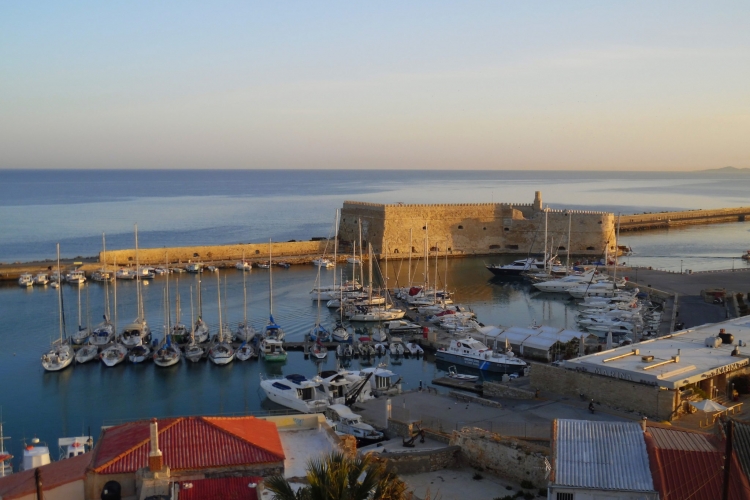
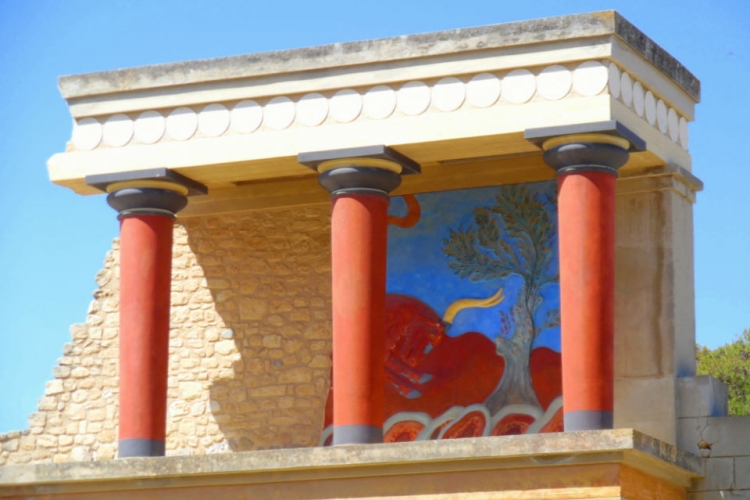
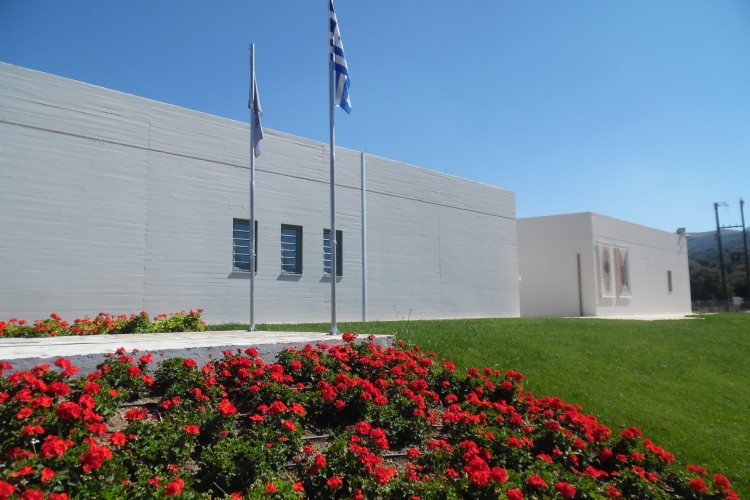
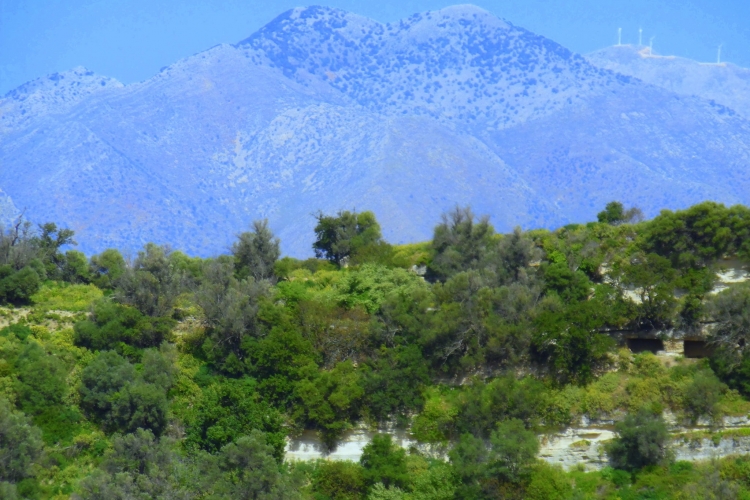
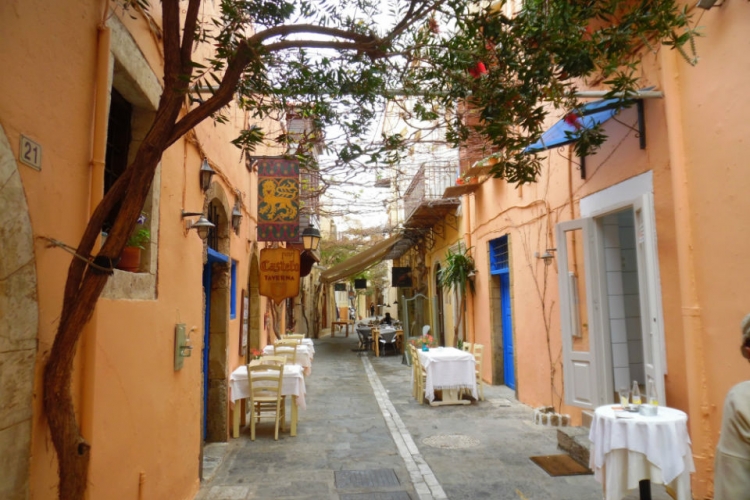
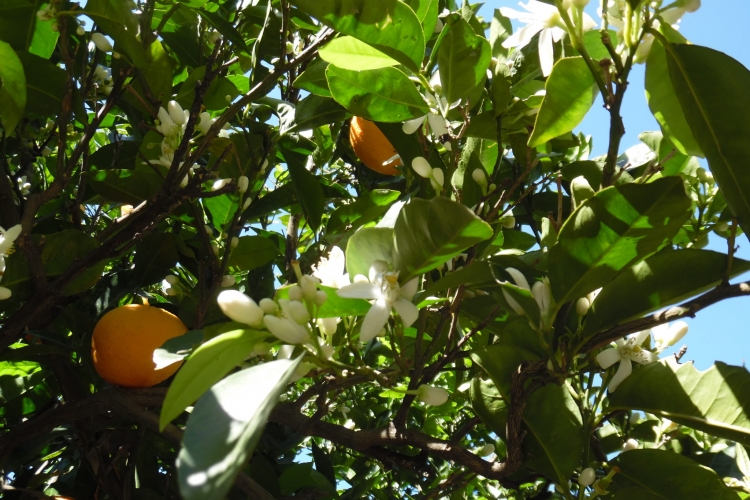
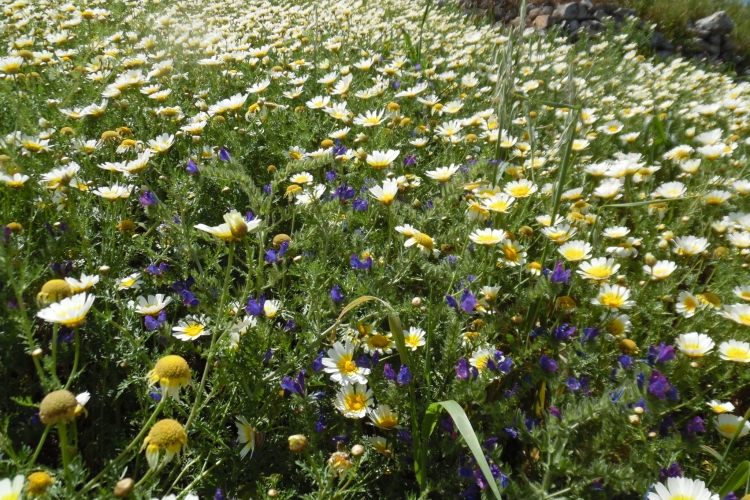
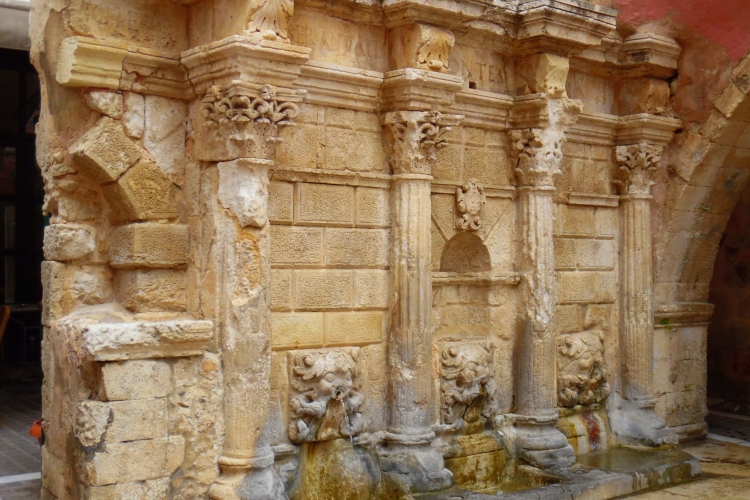
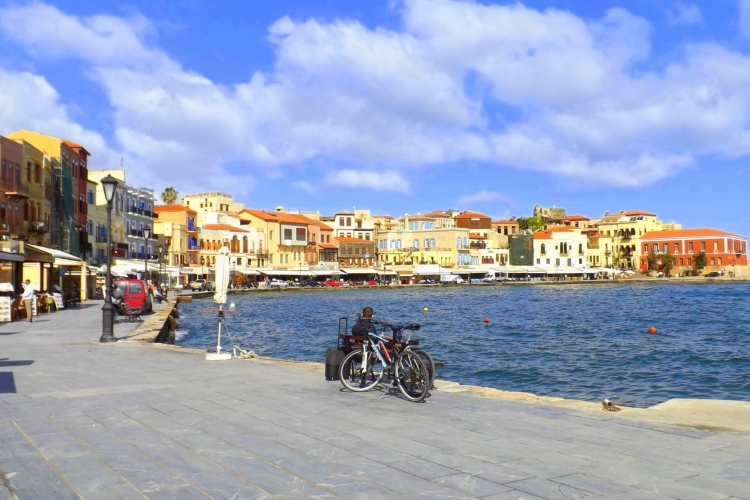
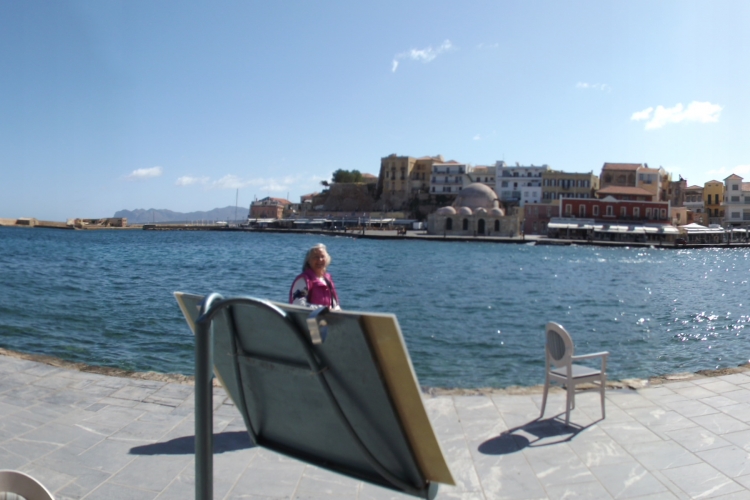










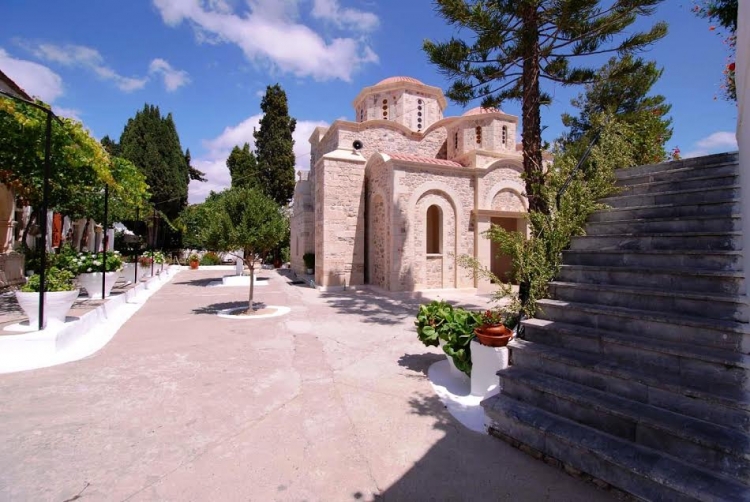
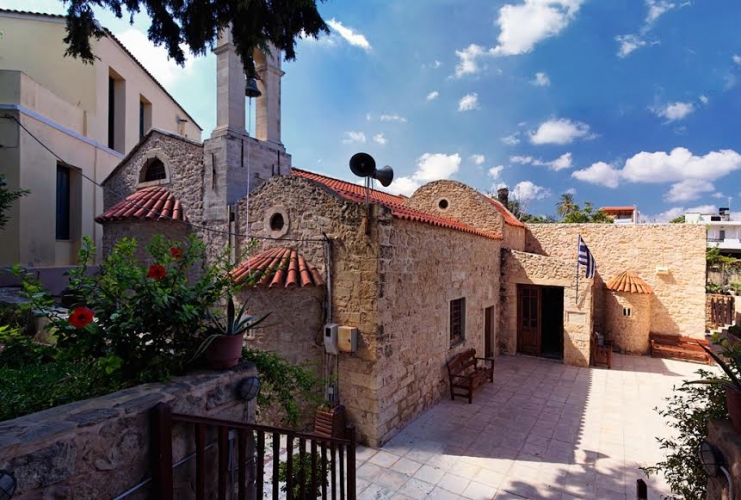
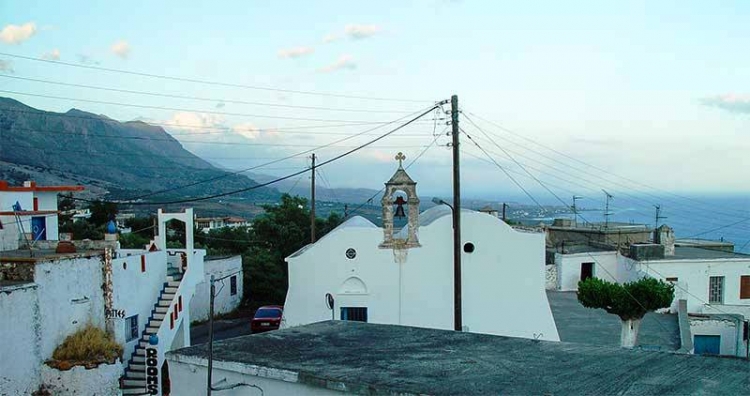
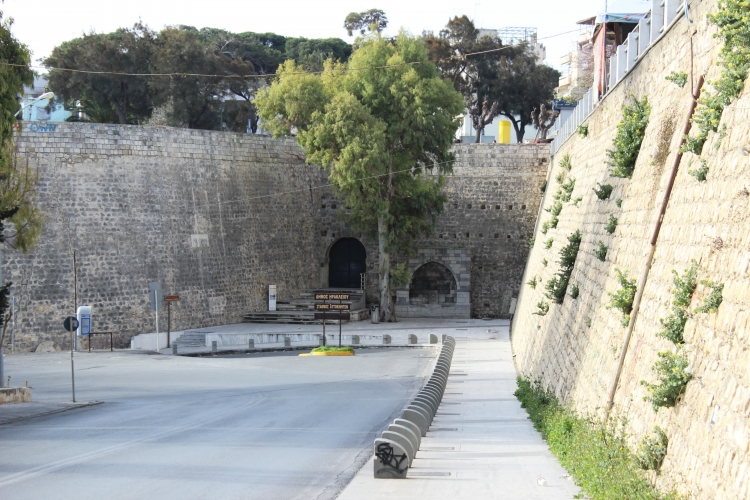
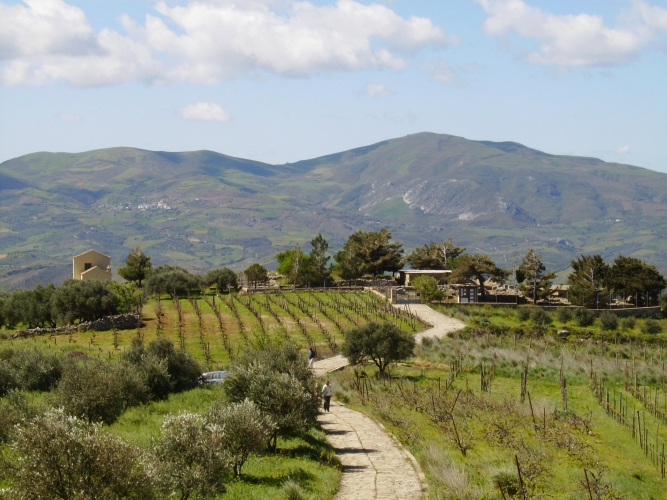


_566_400_s.jpg)


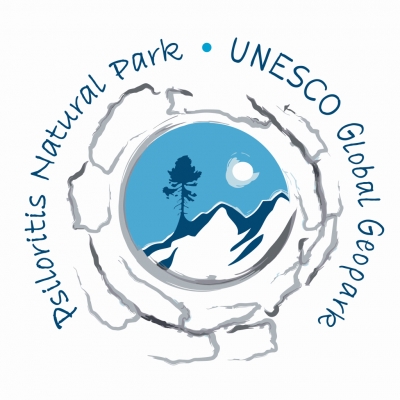
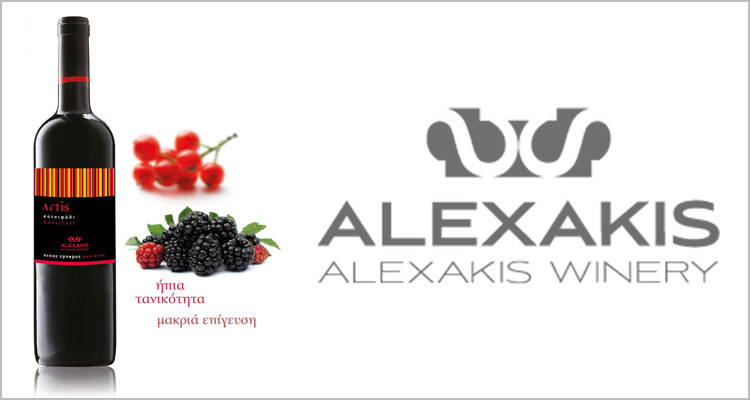
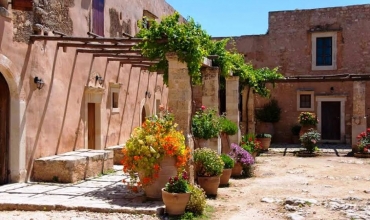
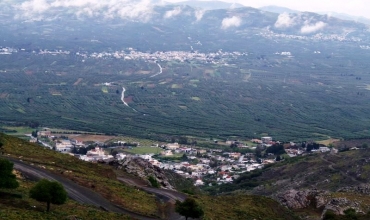
_370_220_s_c1.jpg)
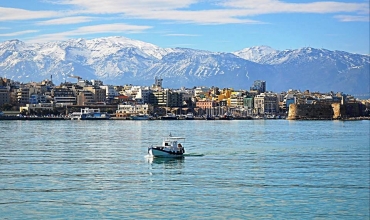
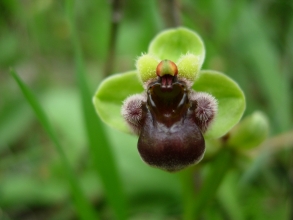 Botanical
Botanical
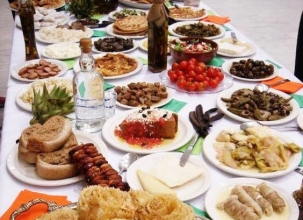 Culinary/Gastronomy
Culinary/Gastronomy
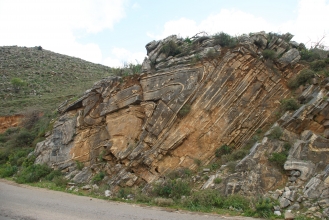 Geology
Geology
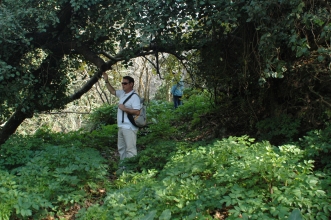 Hiking
Hiking
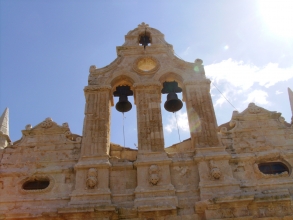 Historical
Historical
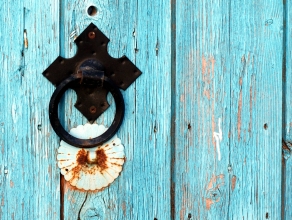 Village experiences
Village experiences
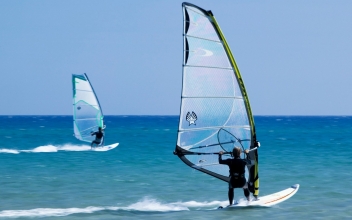 Sports activities
Sports activities
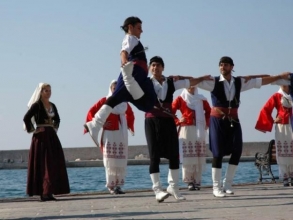 Cultural
Cultural
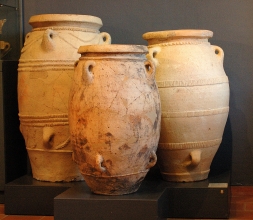 Archaeology
Archaeology
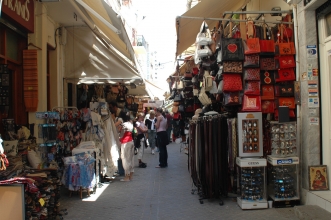 Shopping
Shopping
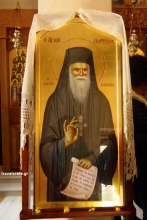 Religious Tourism
Religious Tourism
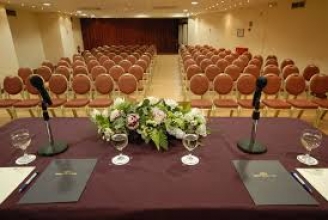 Congress
Congress
 Accessible Tours
Accessible Tours
















